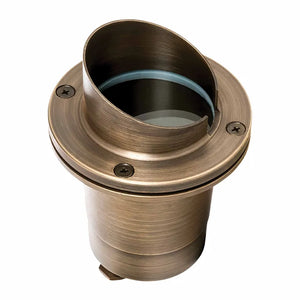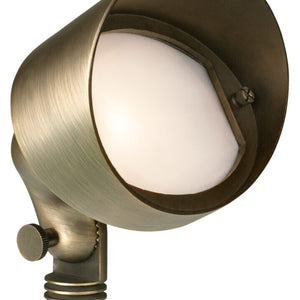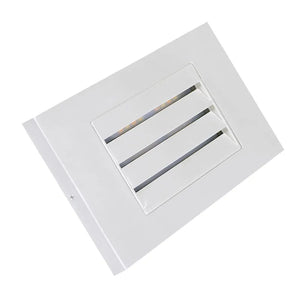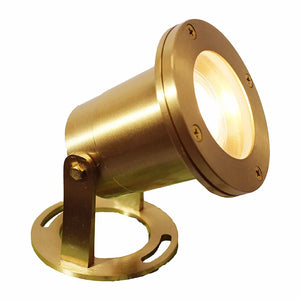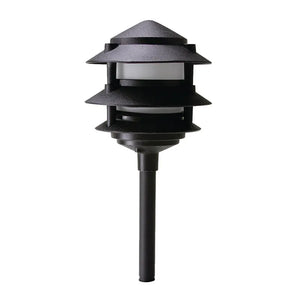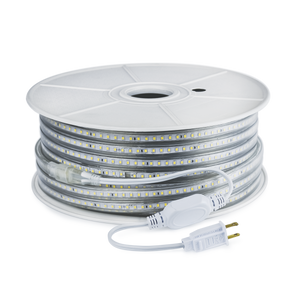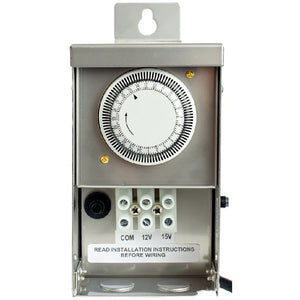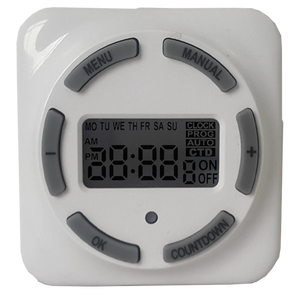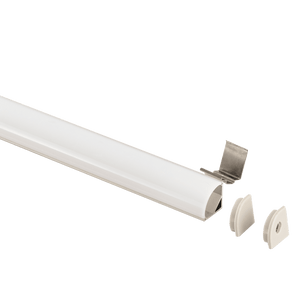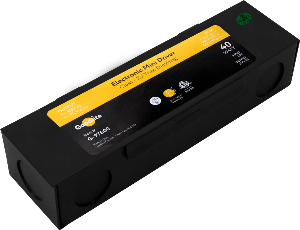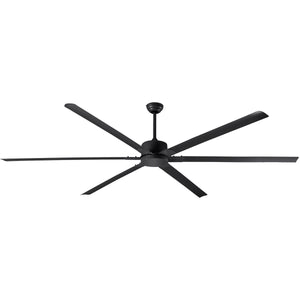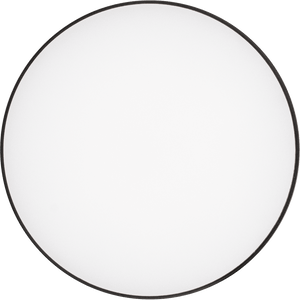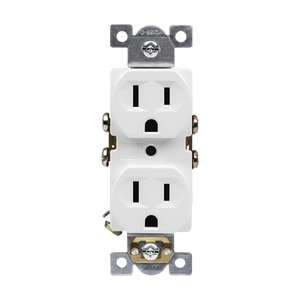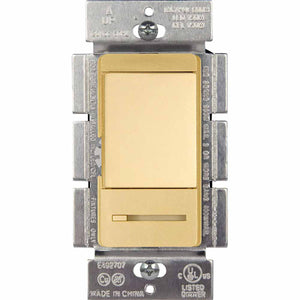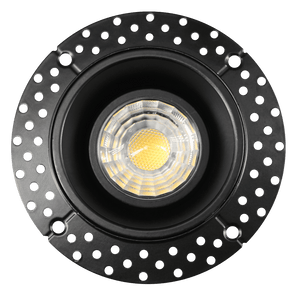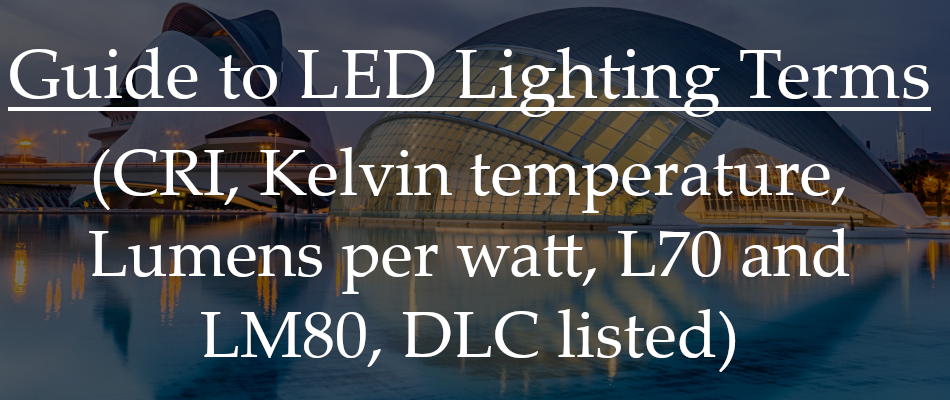
LED lighting has become increasingly popular due to its energy efficiency, long lifespan, and versatility. However, understanding the technical terms associated with LED lighting can be confusing. Here is a guide to some common LED lighting terms:
-
CRI (Color Rendering Index): CRI is a measure of how well a light source can render colors in comparison to natural light. It is expressed on a scale from 0 to 100, with a higher CRI indicating that colors will appear more vibrant and accurate.
-
Kelvin temperature (K): Kelvin temperature is a measure of the color temperature of light. It is expressed in degrees Kelvin (K) and ranges from warm (reddish-yellow) to cool (bluish-white) light. A lower Kelvin temperature (2700-3000K) is typically used for residential lighting, while a higher Kelvin temperature (4000-5000K) is typically used for commercial or industrial lighting.
-
Lumens per watt (lm/W): Lumens per watt is a measure of the efficiency of an LED light source. It indicates how many lumens of light are produced per watt of electricity used. A higher lm/W value indicates greater efficiency and energy savings.
-
L70 and LM80: L70 is a measure of the expected lifespan of an LED light source. It refers to the point at which the light output of an LED drops to 70% of its initial output. LM80 is a standard used to measure the lumen maintenance of LED components over time.
-
DLC listed: DLC (DesignLights Consortium) is an organization that certifies energy-efficient lighting products. A DLC listing indicates that a product meets certain standards for energy efficiency and quality, making it eligible for rebates and incentives.
Understanding these terms can help you make informed decisions when selecting LED lighting products for your home or business.




















